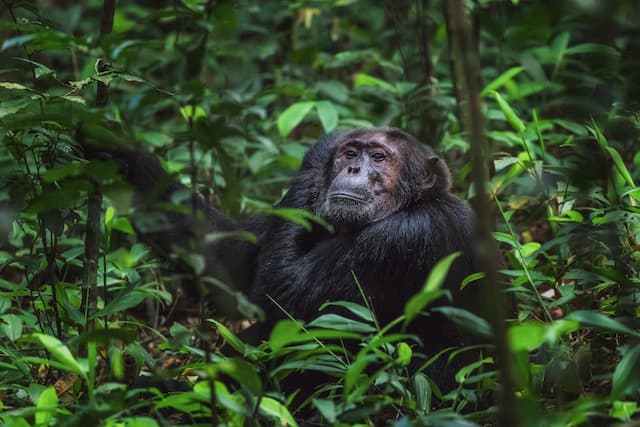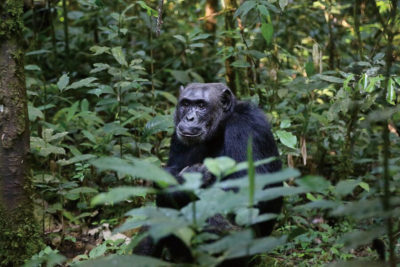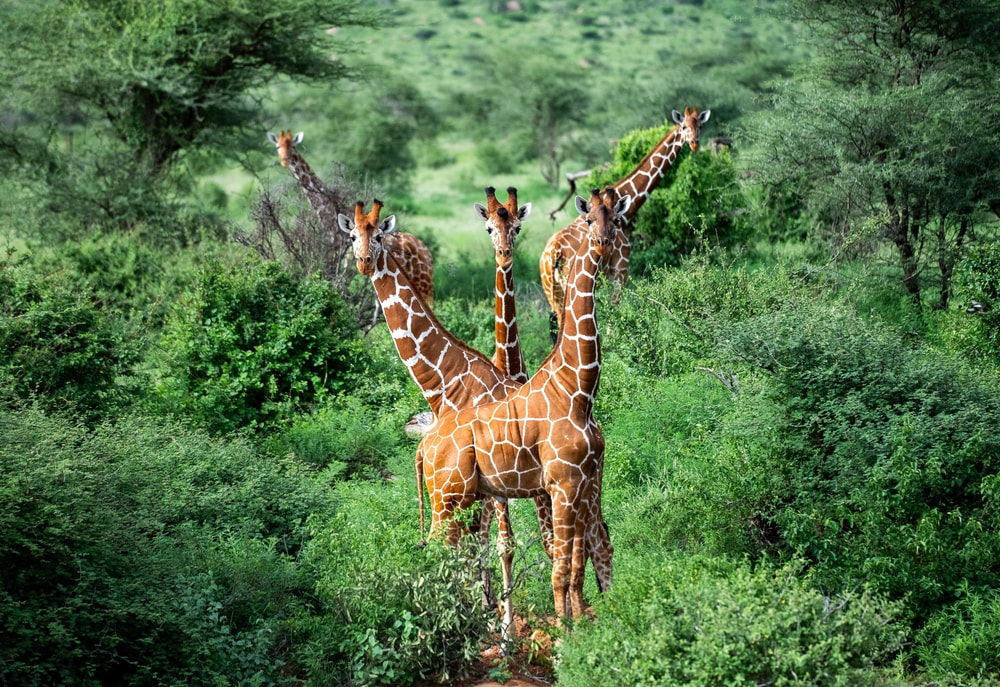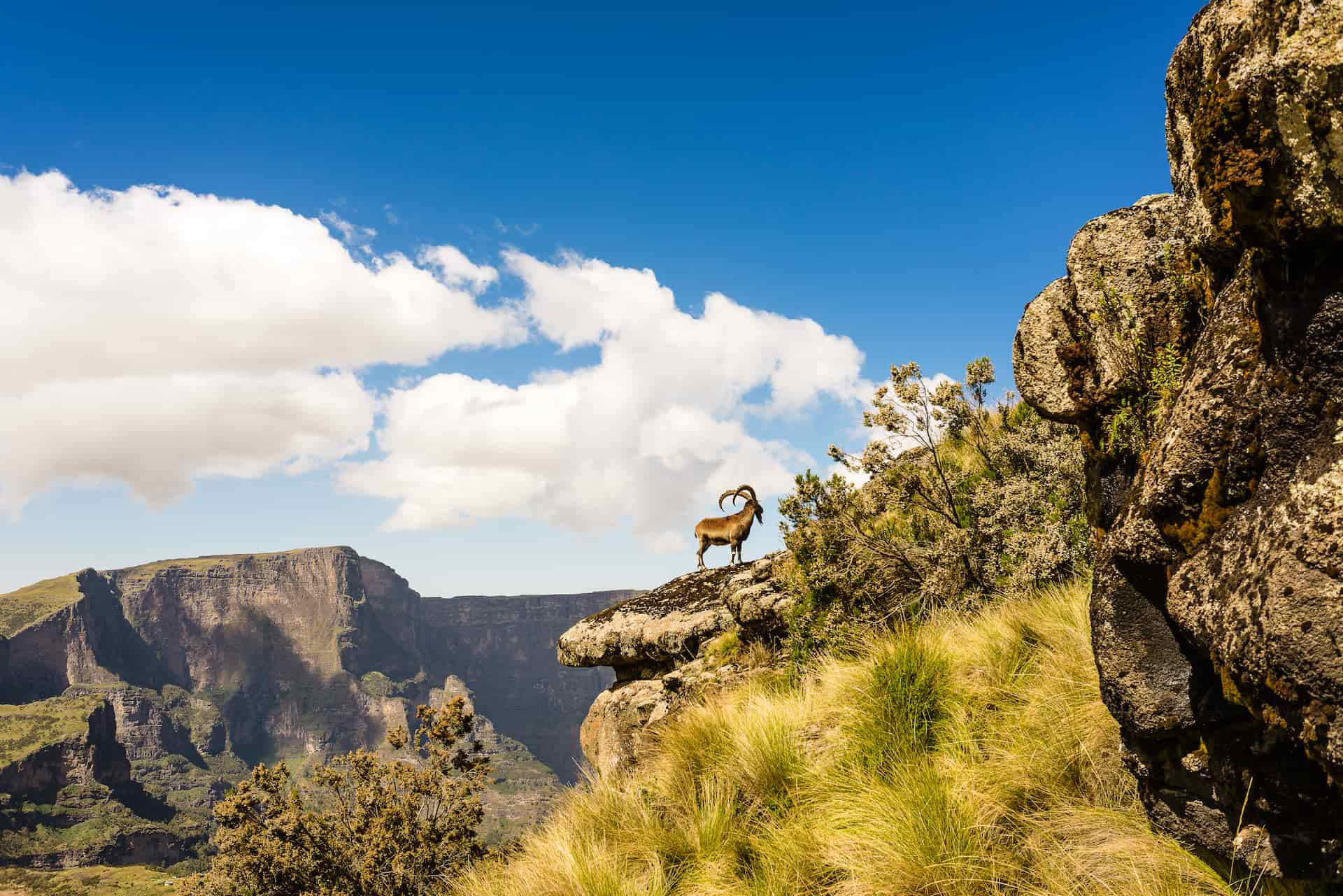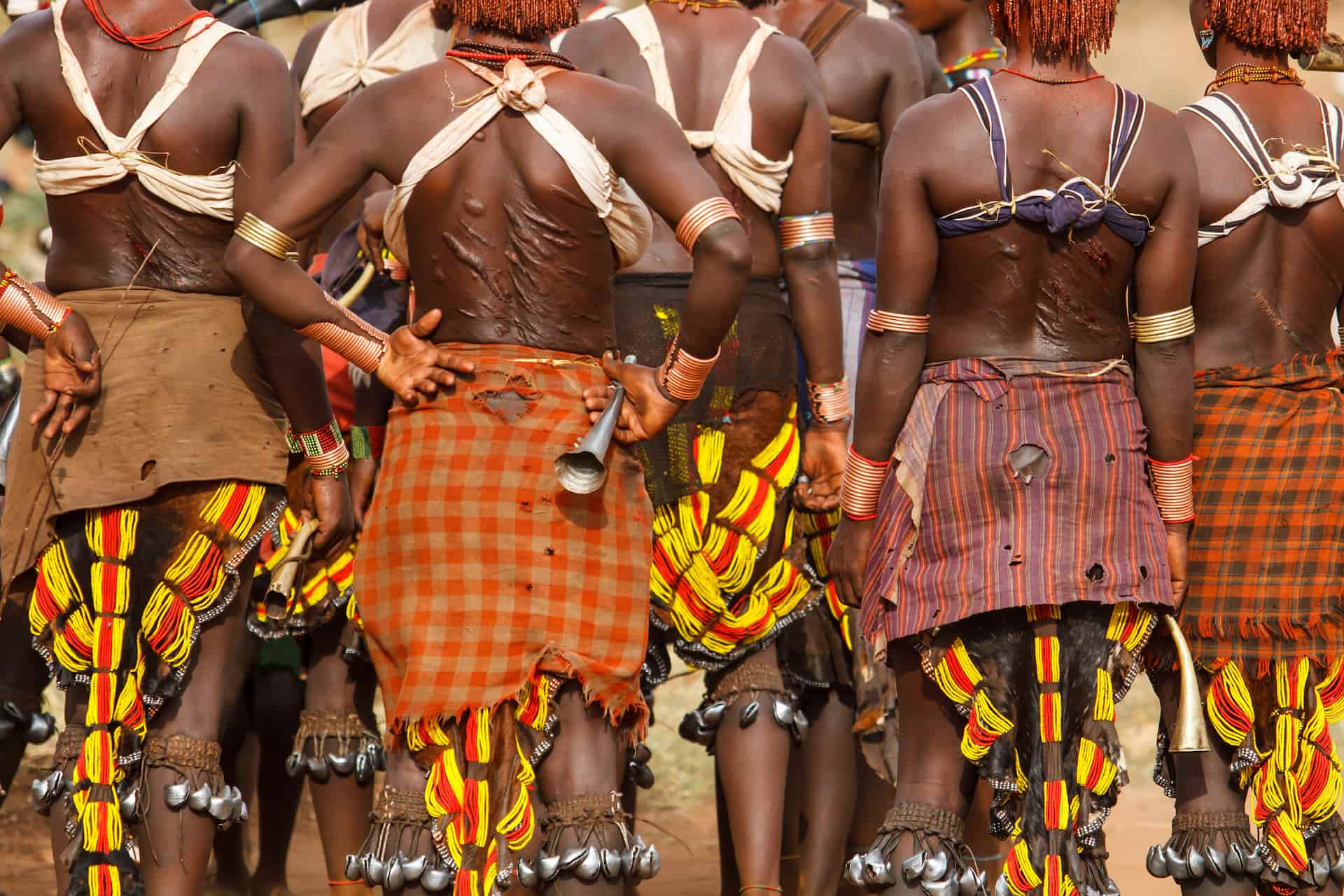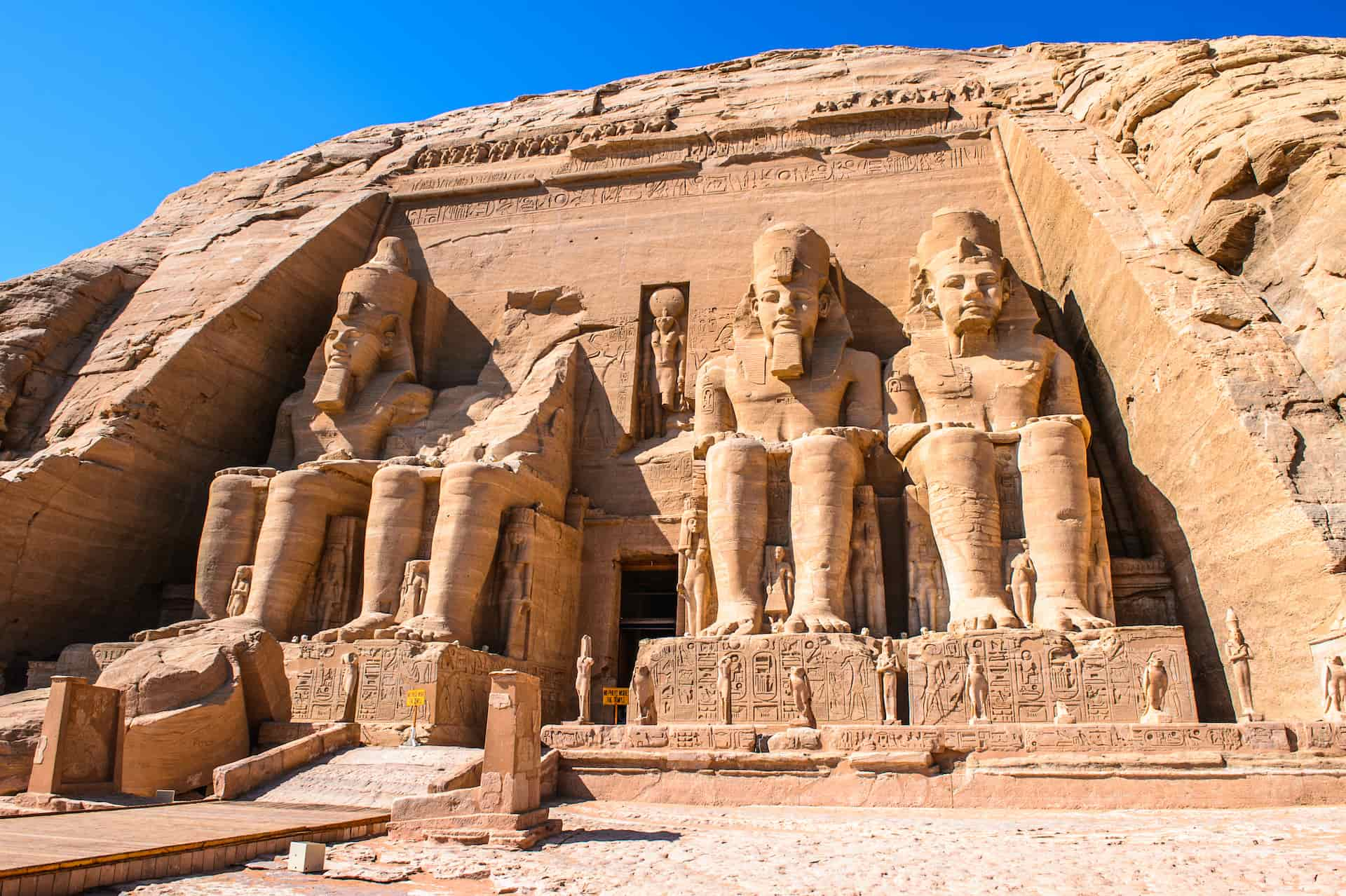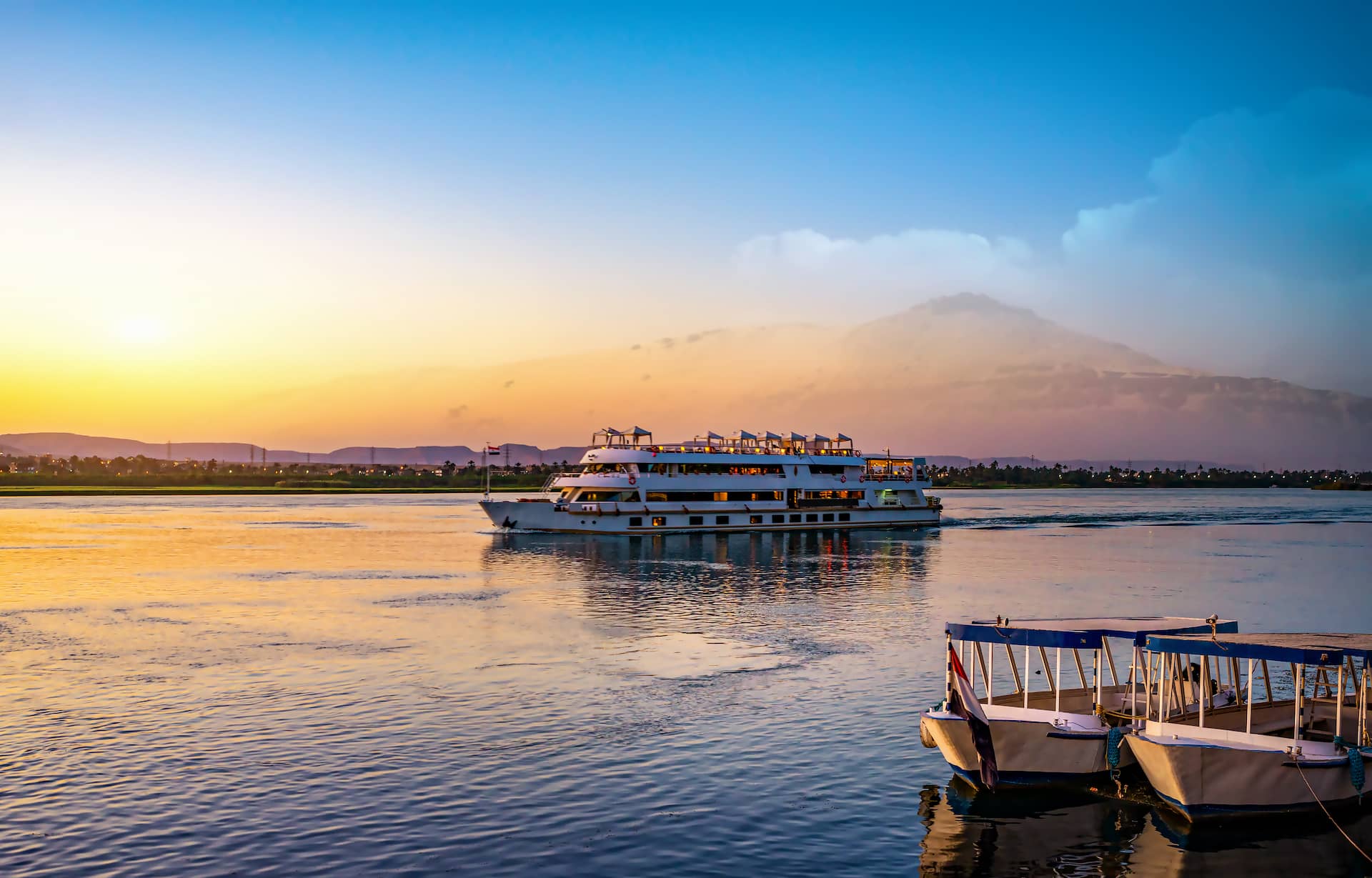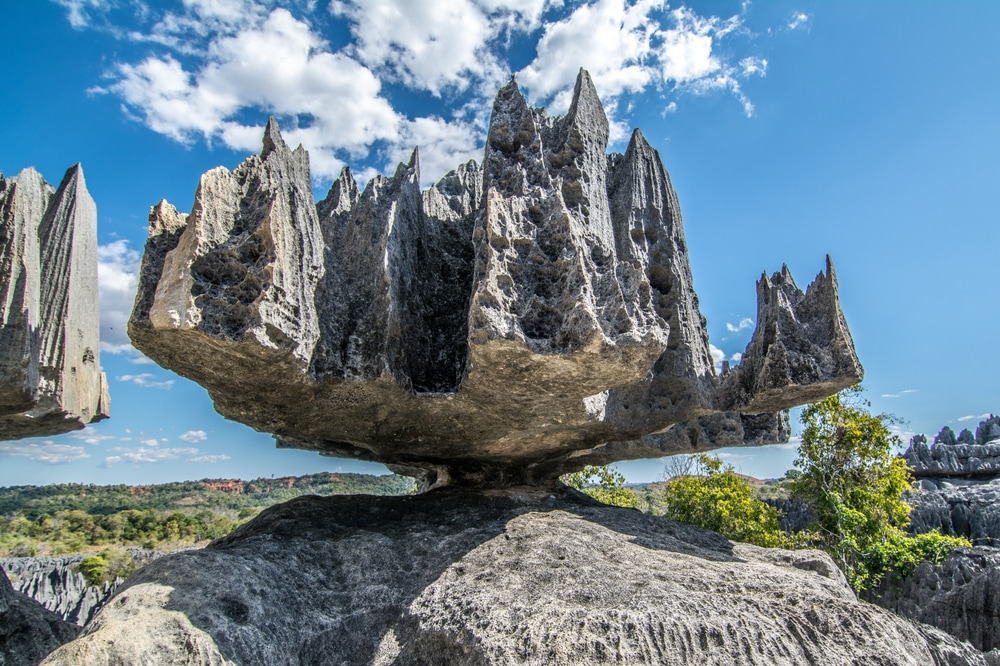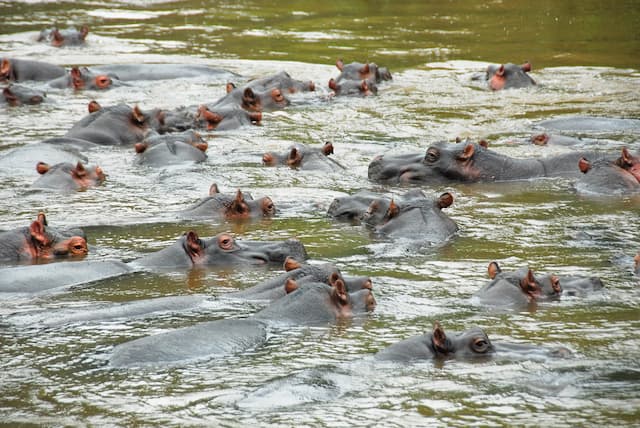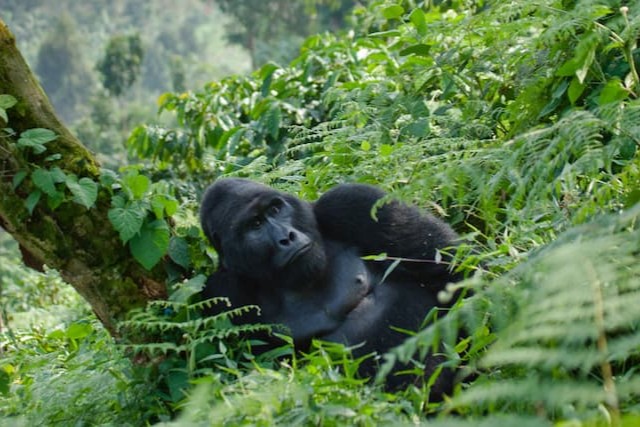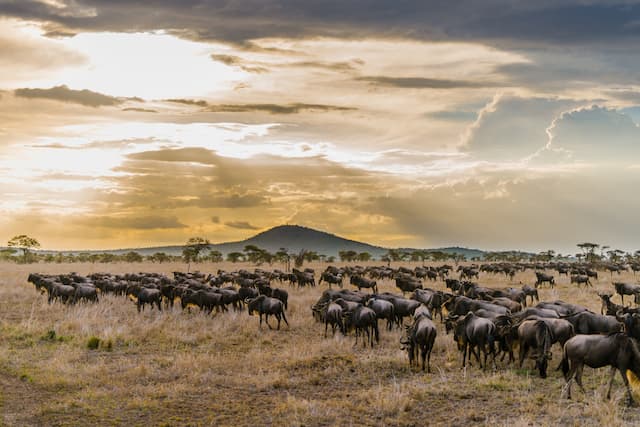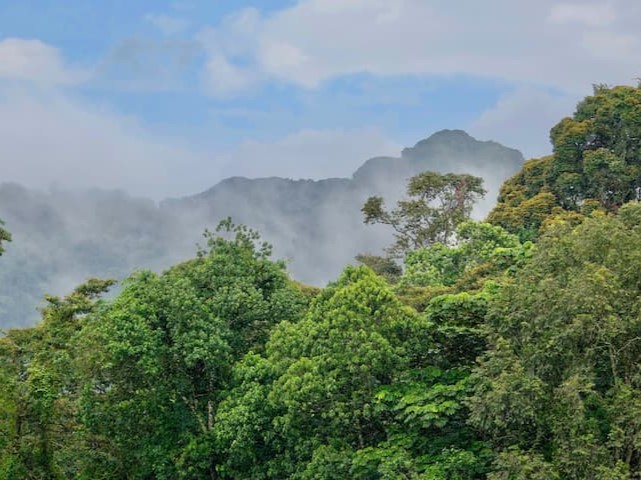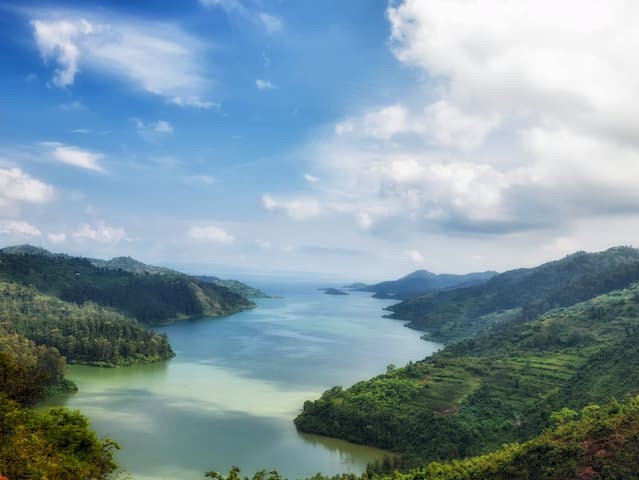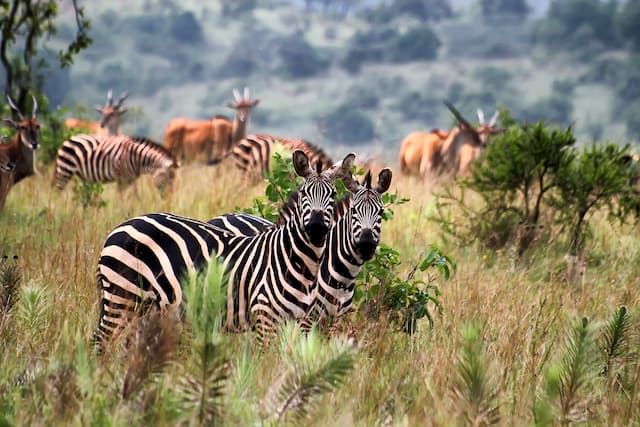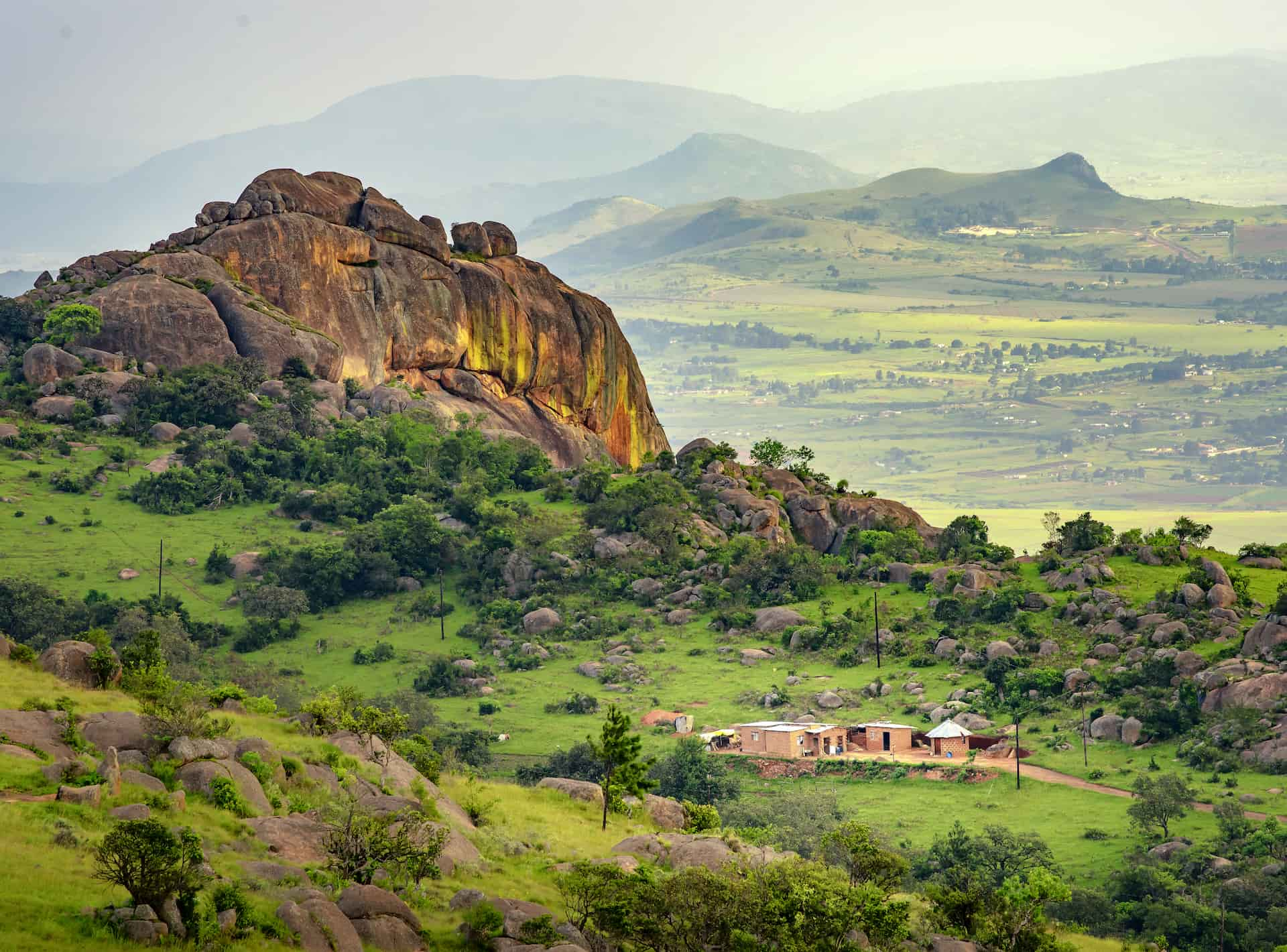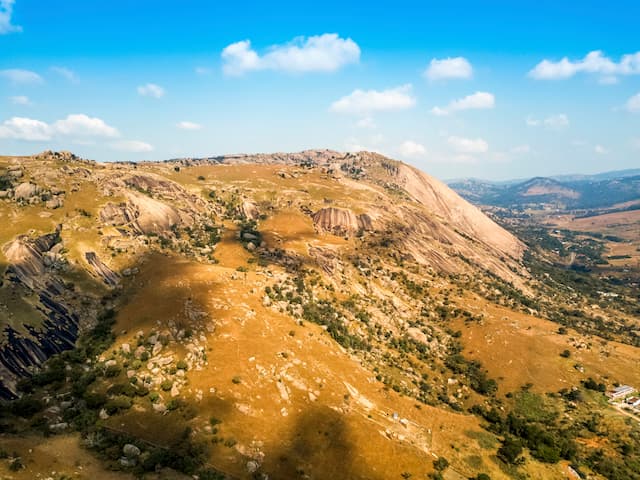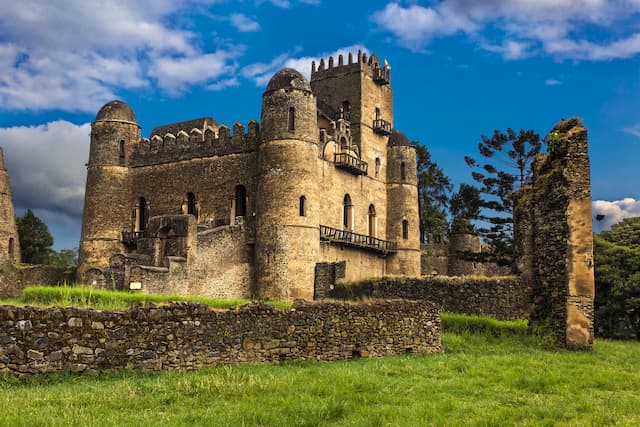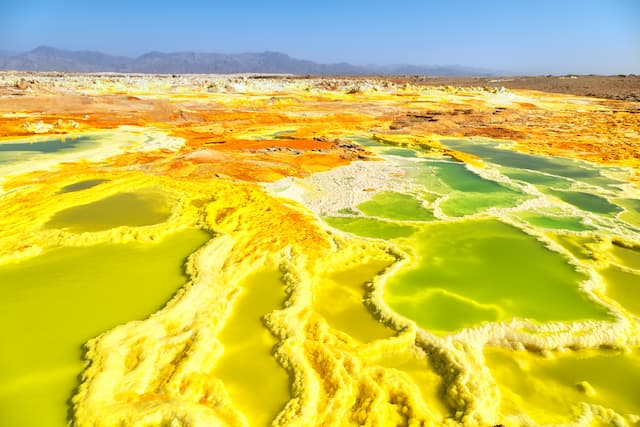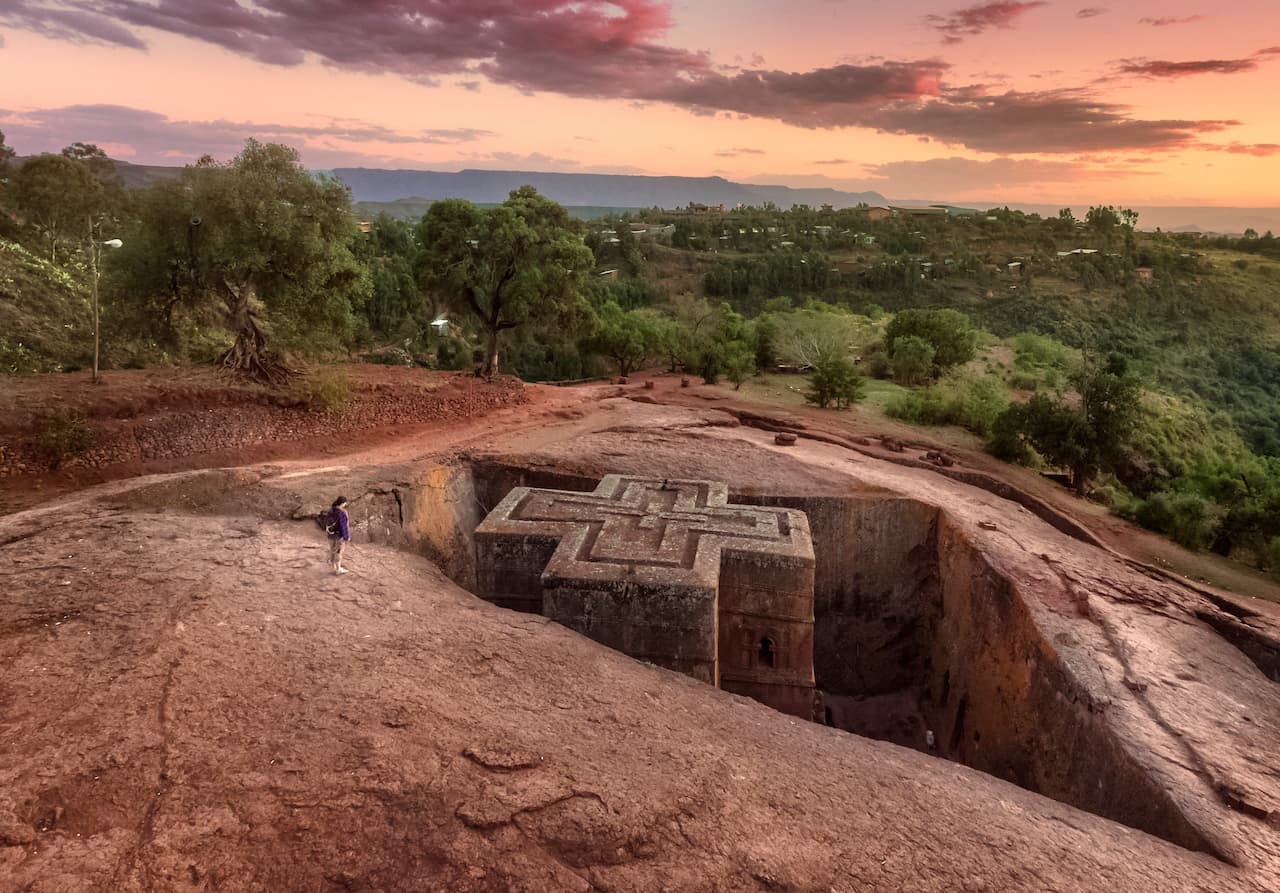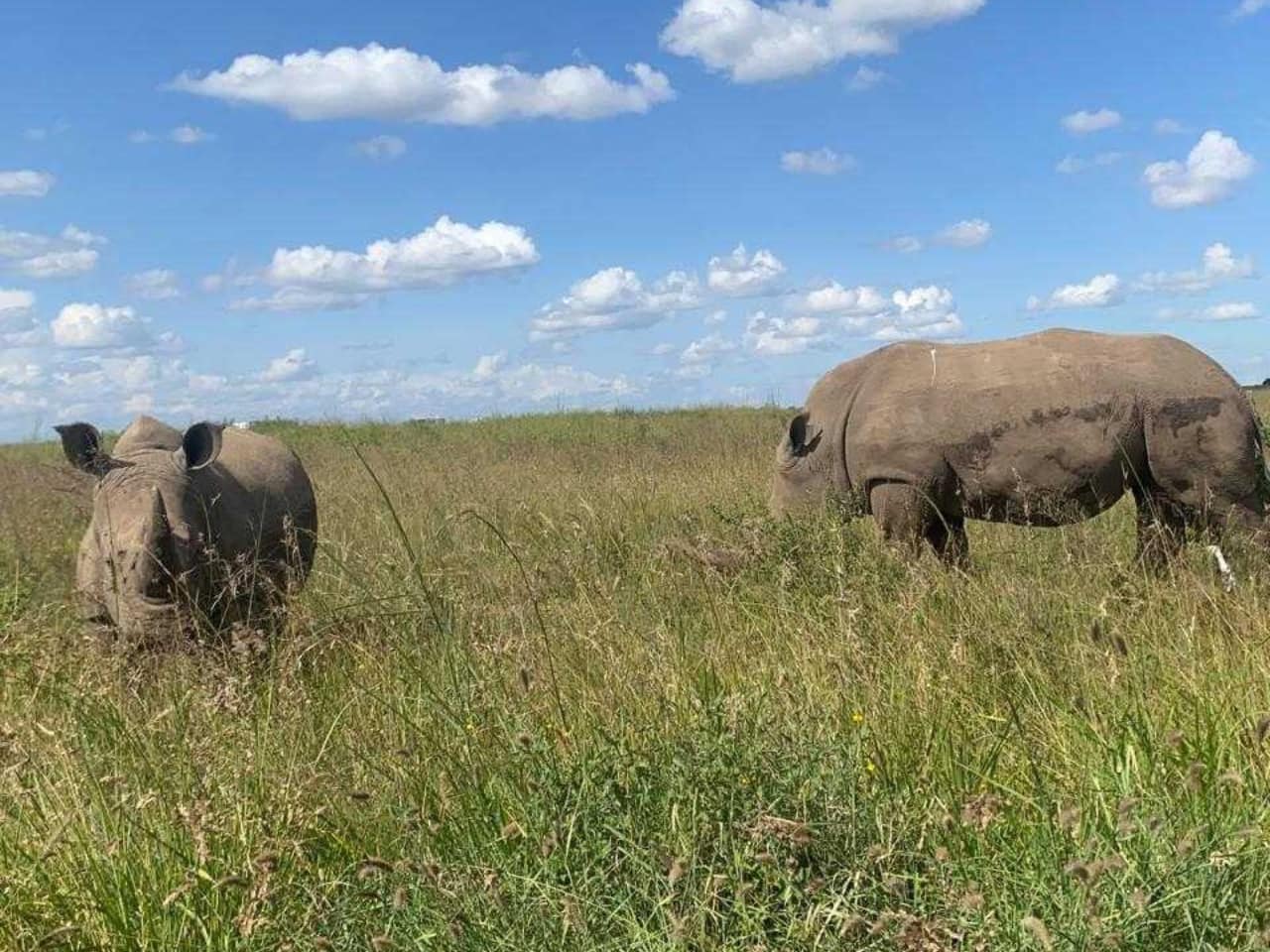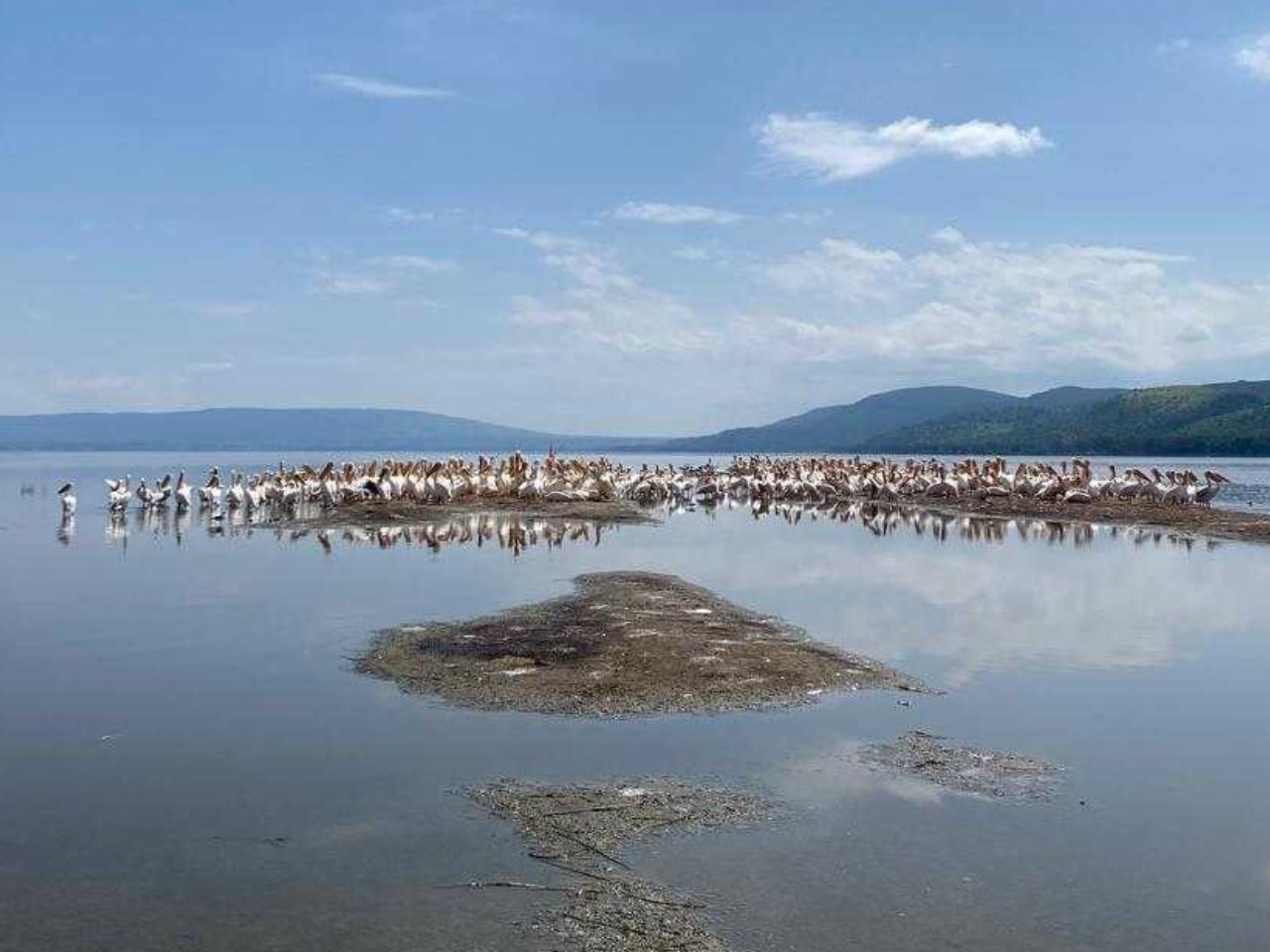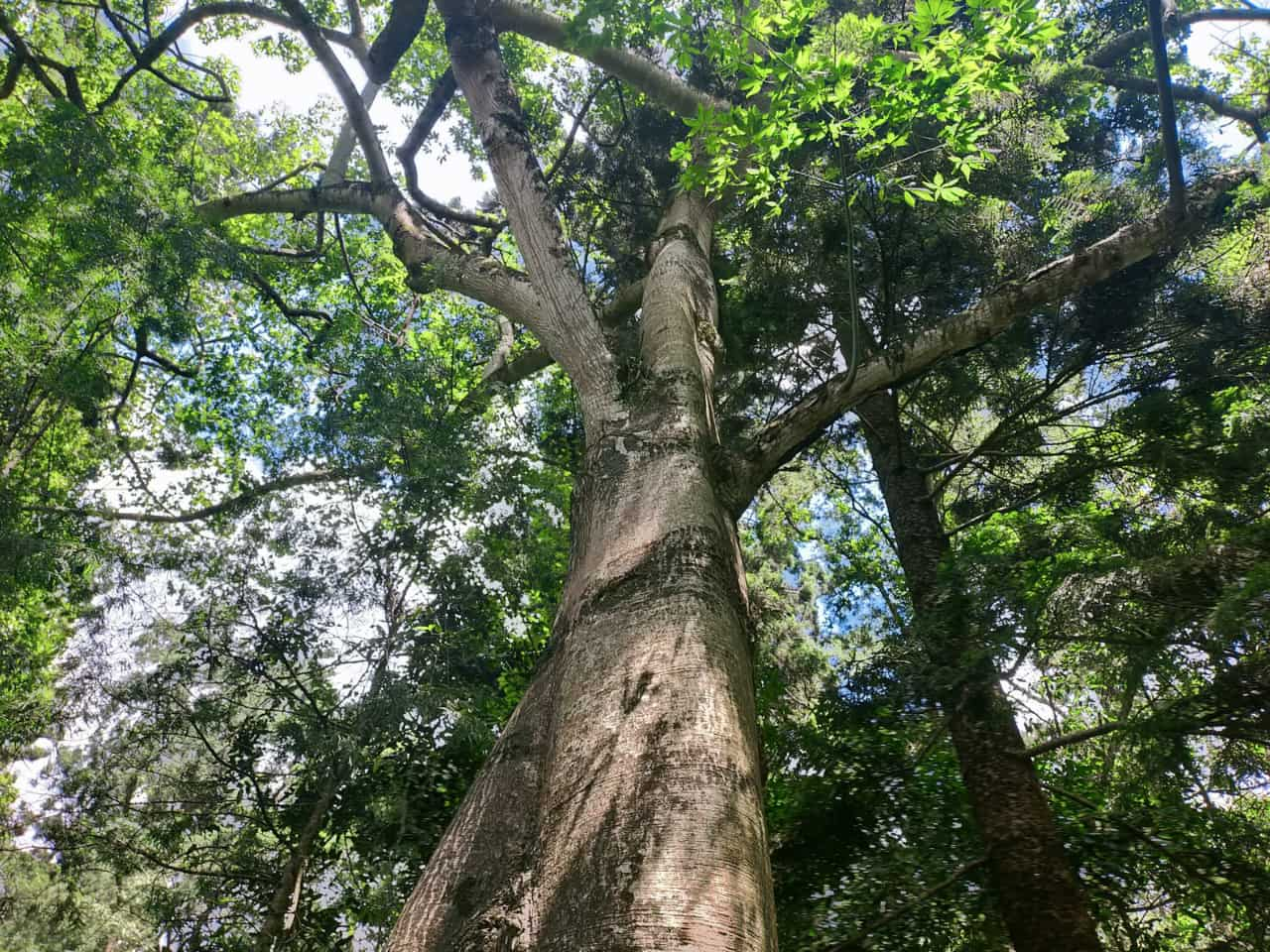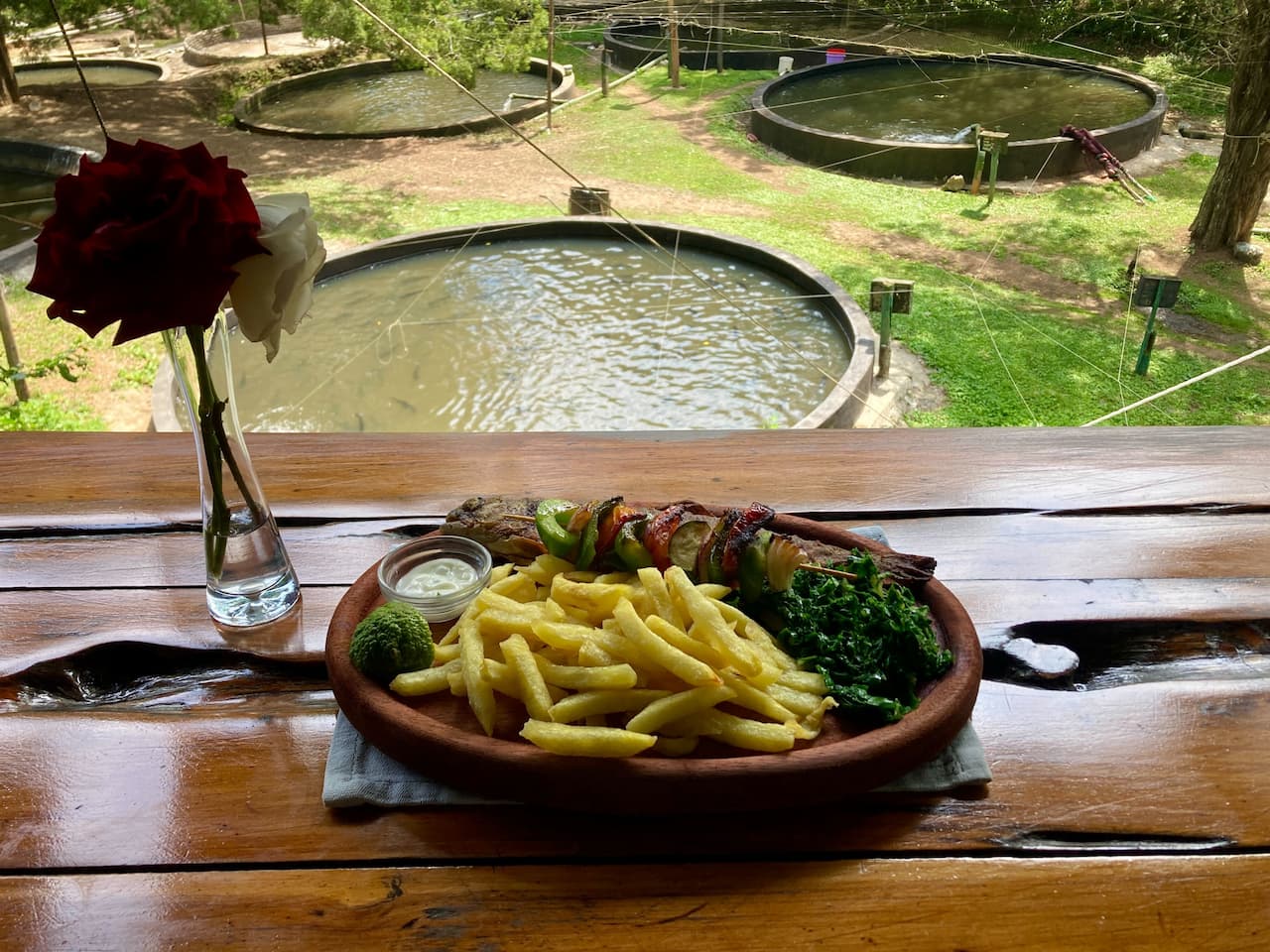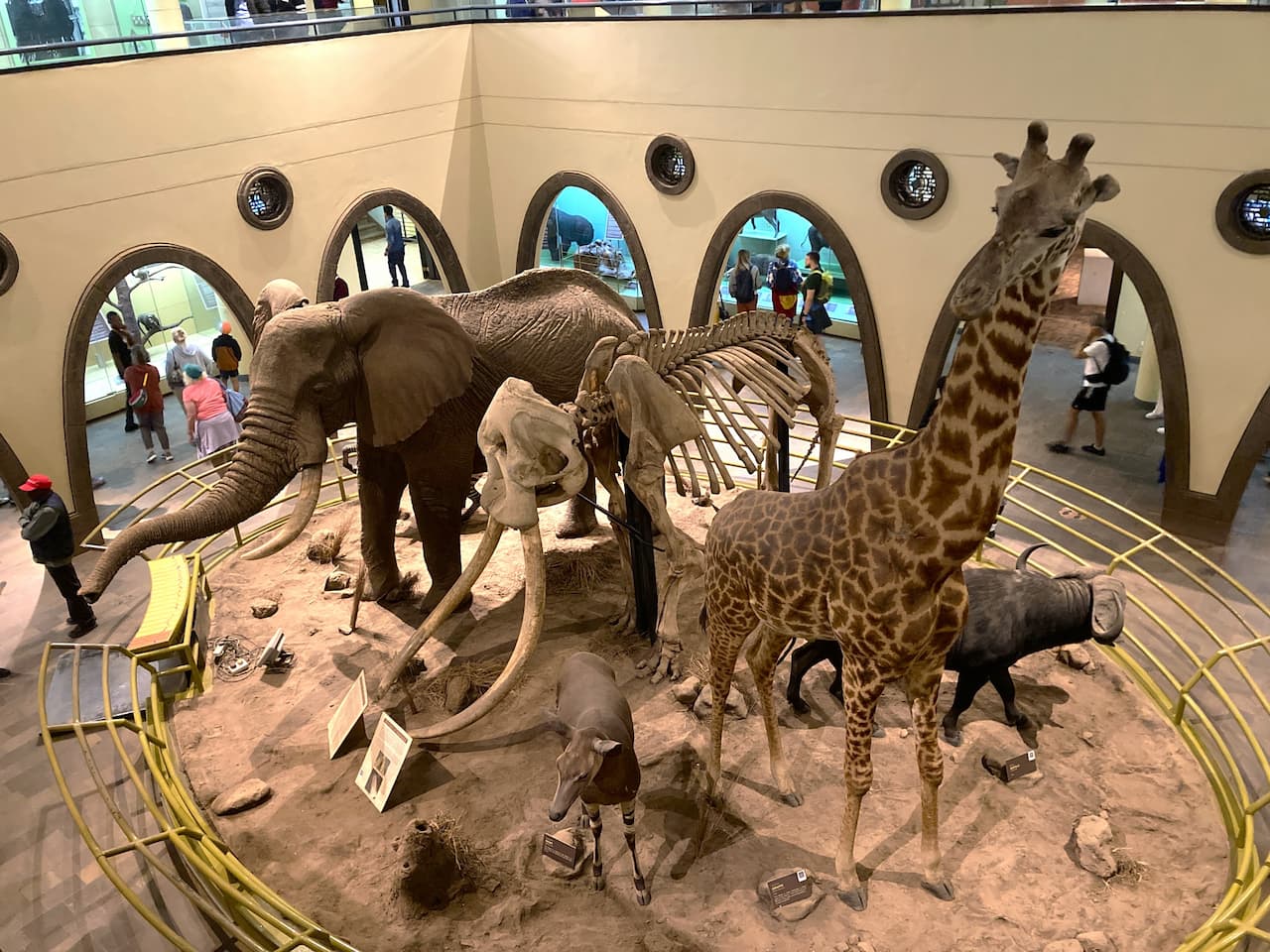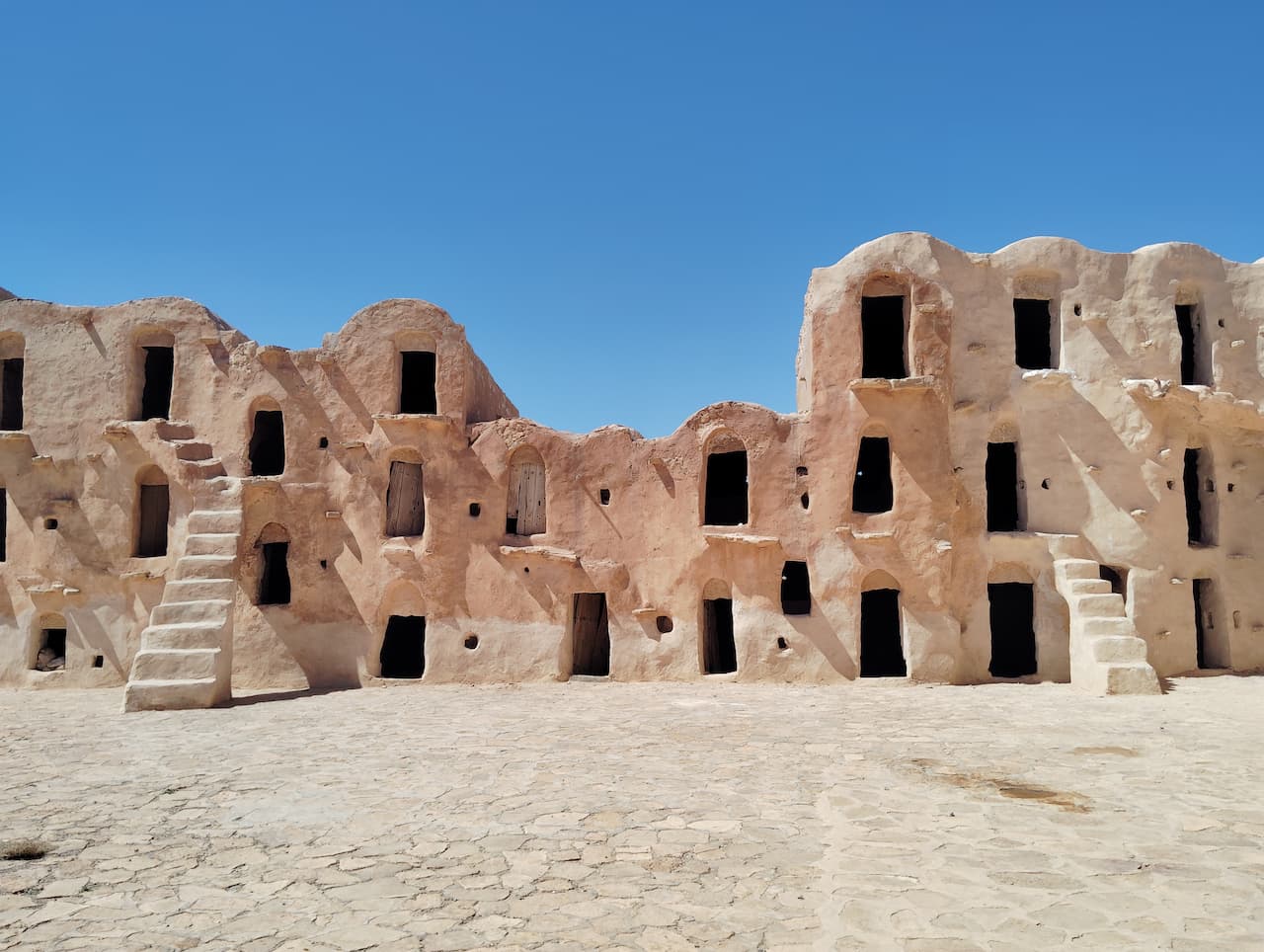Located in the heart of the African continent, Uganda is a country renowned for its rich natural beauty and biodiversity. Among its attractions, Queen Elizabeth National Park stands out as an especially popular tourist destination. Established in 1952 as Kazinga National Park and renamed in 1954 to commemorate Queen Elizabeth II's visit to Uganda, this park is one of the largest nature reserves in Uganda and is celebrated by safari enthusiasts around the world.
This article provides an in-depth look at the geographical features, flora and fauna, tourist activities, and access information of Queen Elizabeth National Park.
Geography and Overview
Queen Elizabeth National Park spans an extensive area across the Kasese, Bushenyi, and Rukungiri districts in western Uganda, covering approximately 1,978 square kilometers. It is situated between two lakes, Edward and George, with the Kazinga Channel connecting them—a central geographical feature of the park.
At the northern edge of the park, the towering cliffs of the Rift Valley dominate the landscape, while the Ishasha Plains extend across the south. This diverse terrain supports a variety of ecosystems—including savannas, tropical rainforests, wetlands, lakes, and crater lakes—that together maintain an exceptionally high level of biodiversity.
Wildlife and Biodiversity
The park is home to approximately 95 species of mammals and over 600 species of birds. These numbers rank among the highest in Africa’s national parks, with nearly half of Uganda’s wild bird species being recorded within its boundaries.
Mammals
-
African Elephant、African Buffalo、Uganda Kob、Bushbuckand other large herbivores are widely distributed.
-
LionsuggestLeopardCarnivores such as leopards also inhabit the area. Notably, in the southern Ishasha region, the rare tree-climbing lions have been observed.
-
HippopotamusandNile CrocodileThey are commonly seen along the Kazinga Channel, making them one of the highlights of the boat safaris.
-
Furthermore,Chimpanzeesvarious primates are also found in areas such as the Maramagambo Forest, where they can be observed during trekking expeditions.
Birds
-
Renowned as a birdwatching haven, the park hosts a vibrant array of birds including the Shubash Kite, Horohoro Shrike, African Sunbird, and flamingos.
-
In particular, the wetlands along the Kazinga Channel and Lake Edward are considered a paradise for waterbirds.
Tourist Activities
At Queen Elizabeth National Park, there are various ways to experience nature firsthand.
1. Game Drives (Safari)
Within the savanna areas of the park, game drives are conducted in four-wheel-drive vehicles early in the morning or at dusk to spot wildlife. Areas such as Kasese, the Katenge Plains, and the Ishasha region are particularly popular, offering close-up views of a diverse range of animals.
2. Boat Safari (Kazinga Channel)
Cruising along the approximately 32-kilometer-long Kazinga Channel on a boat safari is a signature activity at Queen Elizabeth National Park. Along the banks, hippos, elephants, and crocodiles gather, while colorful birds flit about—truly a ‘paradise of animals’ to experience.
3. Chimpanzee Trekking
At the Kyambura Gorge in the Kalins Forest Reserve—accessible from Kampala and Mbarara—visitors can experience chimpanzee trekking. This adventure, which involves trekking through the gorge’s depths while encountering wild primates, is physically demanding yet immensely popular.
4. Crater Lake and Salt Works Tour
In the park’s northern region, at the Kasense Crater Lakes, traditional salt production using the evaporation of lake water continues, offering a picturesque blend of local culture and nature.
5. Birdwatching
A variety of birdwatching tours are available for everyone—from beginners to experts—making it an unmissable destination for bird enthusiasts.
Access Information
Access to Queen Elizabeth National Park is as follows:
-
Approximately 7 to 8 hours by car (around 410 km) from the capital, Kampala.。
-
The most common route is via Mbarara.。
-
It is also possible to fly domestically to Kasese Airport.(Approximately one hour from Entebbe Airport).
There are numerous lodges and hotels scattered around the park, offering a wide range of options from budget accommodations to luxury stays.
Best Season and Climate
Uganda has a tropical climate and remains relatively warm throughout the year. The ideal times to visit are as follows:
-
Dry Season (January–February, June–August): Best for wildlife viewing, with favorable conditions for safaris and boat tours.
-
Rainy Season (March–May, September–November): Although the vegetation becomes beautifully lush and green, some roads may become muddy and difficult to navigate.
Precautions and What to Bring
-
**A yellow fever vaccination certificate (Yellow Card) is required.
-
Insect repellent, sunscreen, and binocularsand other essential safari gear should be brought along.
-
It is recommended to join tours with local guides. Their expertise is indispensable for wildlife viewing.
-
Do not approach or feed the wildlifeand it is essential to adhere to such rules.
Summary
Queen Elizabeth National Park is one of Africa’s foremost tourist destinations, where Uganda’s magnificent wilderness, diverse wildlife, and rich culture converge. It is the only place where you can enjoy a variety of experiences—from safaris and boat tours to encounters with primates and breathtaking crater lake views—all in one location.
For all nature lovers, Queen Elizabeth National Park is truly a special destination that is worth a once-in-a-lifetime visit.
